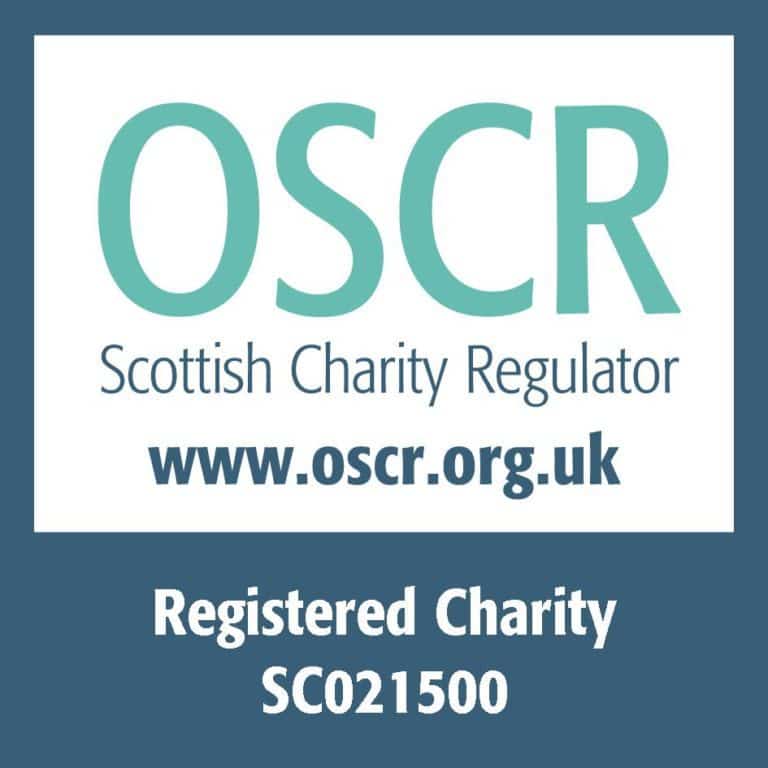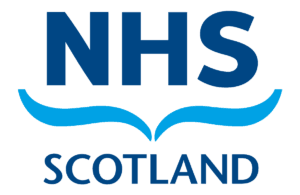Naloxone
All drug use has risks. This page is for information only and does not constitute or replace medical advice. If you have medical concerns about your drug use, please speak to a medical professional.
Download Naloxone resource
Naloxone is a life-saving medicine that temporarily reverses the effects of an opioid overdose. It has no psychoactive effects.
Other names
Narcan, Prenoxad, Naloxone Hydrochloride, Nyxoid
Appearance
A clear liquid found in glass ampules, pre-filled intramuscular syringes or contained in a nasal spray device.
Drugs Wheel Category
Anti-opioid
Naloxone is a Prescription Only Medicine that reverses/blocks the effects of opioid drugs (opioid antagonist) but it is not an opioid drug.
Legality
Legal restrictions.
Naloxone is a Prescription Only Medicine which can be provided for free by GPs and drug services or purchased directly from suppliers in accordance with Prescription Only Medicine regulations. You can get naloxone for free from Crew: www.crew.scot/get-naloxone
How it’s taken
Naloxone can be administered nasally using a single-dose nasal spray device or by intramuscular (IM) injection. The provision of naloxone kits containing IM syringes pre-filled with a naloxone hydrochloride solution is the most common way that naloxone is distributed in Scotland. This may be known by the brand name ‘Prenoxad‘.
IM naloxone kits usually contain 2 milliliters (mLs) of naloxone hydrochloride (1mg/mL). The kits in Scotland have a pre-loaded syringe and two needles contained inside a rectangular yellow case. The person administering naloxone is required to attach the needle to the barrel of the syringe and will usually inject the contents into the top of the thigh of the person who is overdosing. This can be done through clothing.
In 2020, it was announced that Police Scotland would trial their officers carrying a nasal spray device containing naloxone hydrochloride which is sprayed into the nose of the person who is overdosing. This may be known by the brand name ‘Nyxoid’.
Nasal naloxone kits are easy to use and do not require any assembly. To administer the nasal spray, hold the device with your thumb on the bottom and your index and middle fingers on either side. You then gently insert the nozzle into one nostril of the person overdosing until your fingers on either side of the nozzle are against the bottom of the person’s nose. Once in place, press the plunger firmly to spray the entire dose into one nostril.
You should always call 999/112 – paramedics have access to life saving equipment.
Dose
The dose of naloxone hydrochloride needed to temporarily reverse the effects of an opioid overdose will depend on:
- the type of opioid drug that the person has taken
- the dose of the drug that the person has taken
If someone has taken a high dose, or a synthetic opioid (such as fentanyl), they may need more than one dose.
Prenoxad/IM Naloxone Kit
The barrel of the syringe is marked with black lines – each line indicates one full dose of naloxone and each kit contains a total of 5 doses.
One dose = 0.4 mL (400 micrograms)
To administer one dose, push the plunger of the syringe to the first black line.
Nyxoid/Nasal Spray Naloxone Kit
Usually two single use nasal spray devices are provided as ‘one nasal kit’. Each spray device contains 400 micrograms or 0.4 mL of naloxone which is one dose. Both single use spray devices may need to be administered and can be sprayed into alternate nostrils.
Further information about dose can be found on the National Institute for Health and Care Excellence website.
Further information on naloxone can be found here.
Information on training and collecting your free kit can be found here: Get naloxone from Crew.
General information on dosing.
Effects
Naloxone reverses the effects of an opioid overdose by ‘kicking’ the opioid (e.g. heroin, methadone) out of the opioid receptors in the brain. Once the opioids are kicked out and naloxone attaches to the receptors in their place, normal breathing and heart rate will resume. The reversal effects of naloxone usually last for around 20-30 minutes. After this time the person could go back into overdose so it is important to stay with them and encourage them to seek medical help.
See the video from Scottish Drugs Forum below to understand how naloxone works. More info on opiate overdoses can be found in our overdose page.
Harm reduction
If you choose to take naloxone then the following steps can help to reduce harm.
Naloxone should be given to anyone who is non-responsive and displaying the signs of an overdose. If you are unsure if the person has taken opioids, always use naloxone as this will not cause any harm. If they do have opioids in their system amongst other drugs, reversing the effects may be enough to bring that person round. Familiarise yourself with the signs of an opioid overdose so that you feel confident about when to administer naloxone.
- If you or anyone you know is likely to witness an opioid overdose you should carry naloxone.
- Get in touch with your local drug service, GP or pharmacy who can provide naloxone and training on how to use it for FREE.
- The law in Scotland has allowed changes to the way naloxone is distributed, meaning that you can now collect a kit from the Crew Drop-in. Not in Edinburgh? Complete the training online and receive a free kit by post. Get in touch with Scottish Families Affected by Alcohol and Drugs to get a kit sent to you.
- In January 2021 it was announced that ambulances in Scotland will also be able to distribute naloxone.
- Ensure you have completed the training on how to administer naloxone and feel confident on how to use it.
- Ensure you carry your kit with you at all times – it can’t be used to save a life if it is sat in a drawer.
- Store your kit away from extreme heat or extreme cold, and in a safe place that is out of reach of young children.
- Check your packaging regularly for any damage. Naloxone kits should not be confiscated by the police as long as they remain sealed.
- Regularly check the expiry date – swap any out of date kits at your local provider as soon as possible.
- Avoid opening the kit to use the needles for other purposes – stock up on plenty of injecting equipment and always ask for more than you need to avoid having to use the needles in the kit.
- If you have a kit that contains needles follow any instructions around needle safety carefully
- If you use your kit to reverse an overdose get a new one from your provider as soon as possible.
- If you lose your kit, contact your provider for a replacement as soon as possible.
- Talk to people about naloxone – the more people who know about it and know that you carry it the better!
Administering Naloxone
- Always call 999 in an emergency.
- IM naloxone should be administered into the muscle at the top of the thigh. It can also be administered into the top part of the arm between the elbow and shoulder where vaccines are usually administered.
- If someone has not responded to the first dose of IM naloxone administered into their thigh then a second dose could be administered into the top of their arm to increase the effectiveness of the medicine.
- Naloxone does not affect breastfeeding so this should not discourage you from administering it.
- The aim of naloxone is to save a life so if a pregnant person is overdosing and at risk of death, naloxone should be administered.
- Take extra care when inserting the needle if the person has low body fat/muscle mass.
- COVID-19 is passed on through aerosols via the nose and mouth. This means you should consider the risk of the spread of the virus when considering the use of rescue breaths in addition to chest compressions when administering CPR. Visit the NHS Inform website for more advice.
- If someone has been taking opioid drugs and other ‘downer’ drugs such as alcohol or benzos (e.g. Valium or Xanax) then naloxone will not reverse the effects of these drugs. You should still administer naloxone as this will reverse the effects of the opioids and allow the person’s body the chance to respond to the ‘downer’ effects of any other drugs and could save their life!
- The person may vomit, be disorientated, dizzy, nauseous, anxious or be aggressive when they wake up.
- The effects of naloxone can wear off after 20-30 minutes so ensure you stay with the person in case they go back into overdose.





